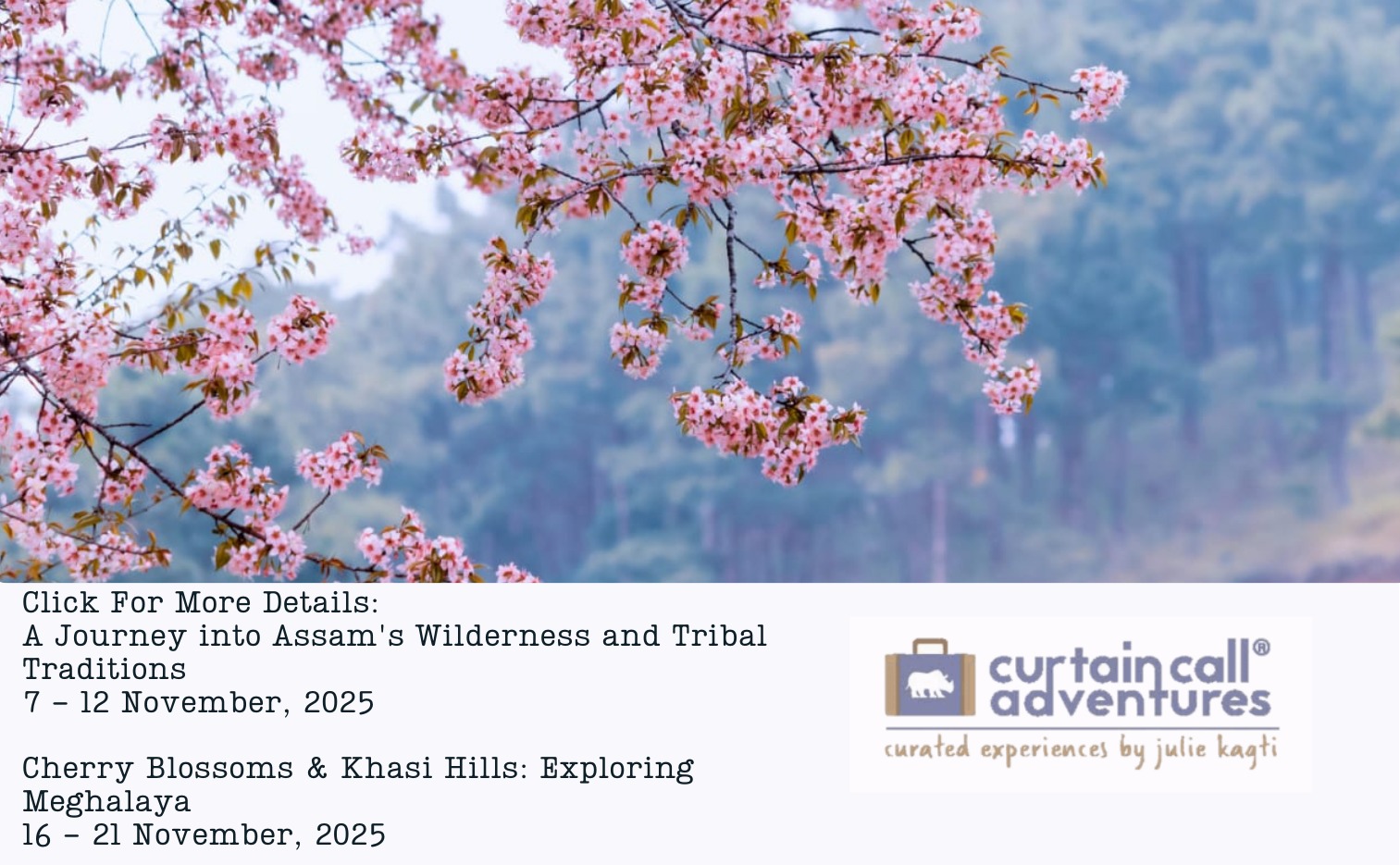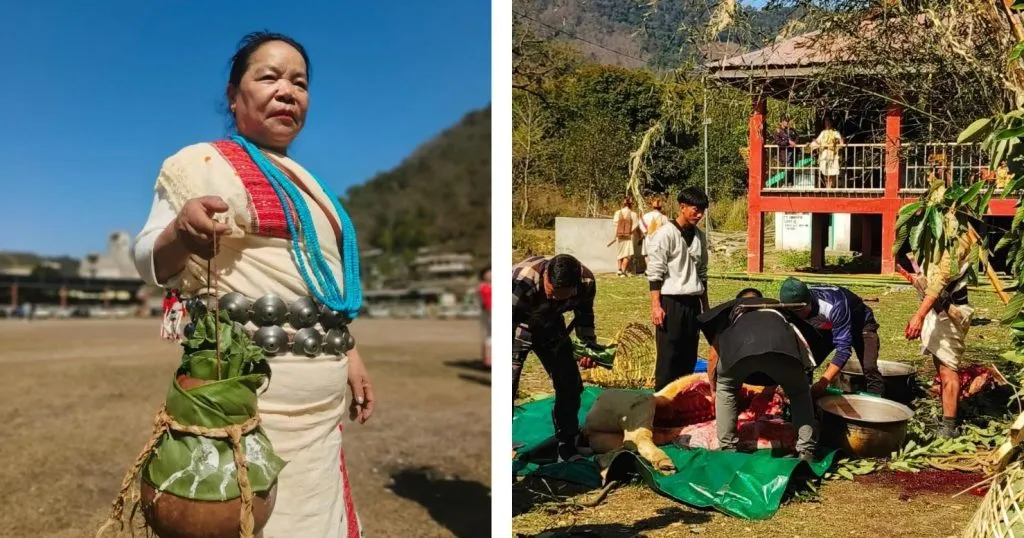
Every February, as winter begins to fade and the hills of Arunachal Pradesh wake up to spring, villages across the state come alive with music, prayer, and colour. It’s the time of Nyokum, the most important festival of the Nyishi tribe, celebrated with deep reverence and joy.
The air fills with the rhythmic beat of drums, the scent of bamboo smoke, and the laughter of people gathering from near and far. Nyokum is not just a festival — it is a prayer to the earth and a promise of unity.
Julie, our founder, was fortunate to experience this festival firsthand in the serene village of Yazuli. What she witnessed was more than a celebration – it was a reminder of the harmony that binds people to their land, faith, and one another.
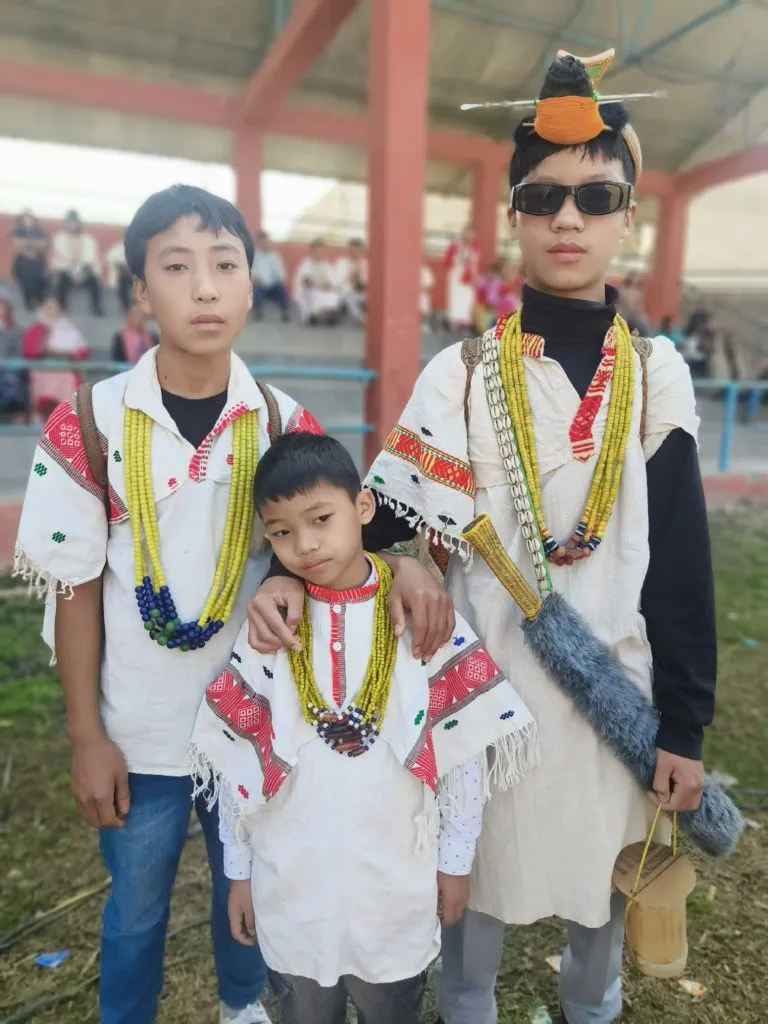
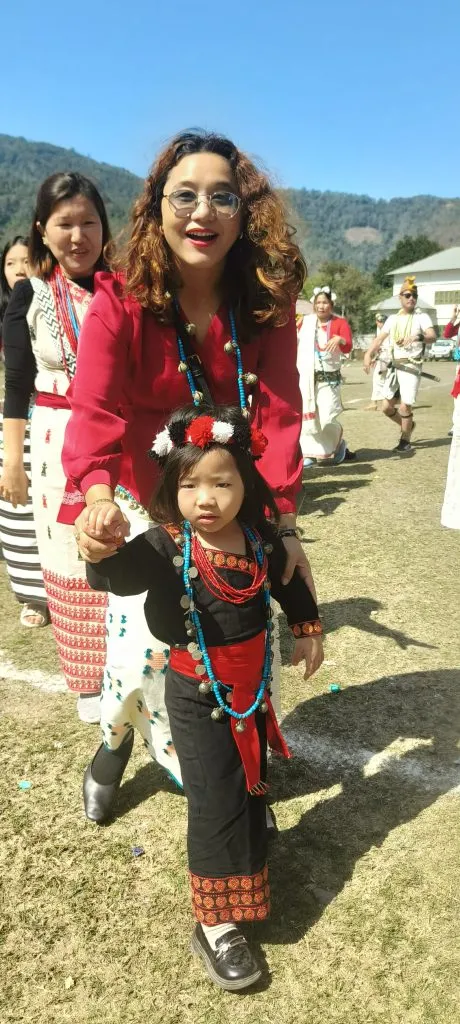
The Meaning of Nyokum
The word Nyokum comes from two roots –Nyo, meaning “earth,” and Kum, meaning “togetherness.” Literally translated, it means “coming together with the earth.”
It’s a festival where the Nyishi community offers prayers to the Nyokum deity, believed to reside in nature and oversee human welfare. The celebrations seek blessings for a good harvest, peace, and prosperity for all.
Among the many tribal festivals of Arunachal Pradesh, Nyokum stands out for its simplicity and inclusiveness. There are no barriers of faith or background anyone who comes in good spirit is welcome to join the prayers, feasts, and dances.
For the Nyishi, nature is sacred , every hill, river, and forest carries a living spirit. The nyibu, or ritual specialist, mediates between humans and these spirits, performing chants that date back generations. The rituals may seem ancient, but their message is timeless: respect nature, live in balance, and honour the bonds that sustain life.
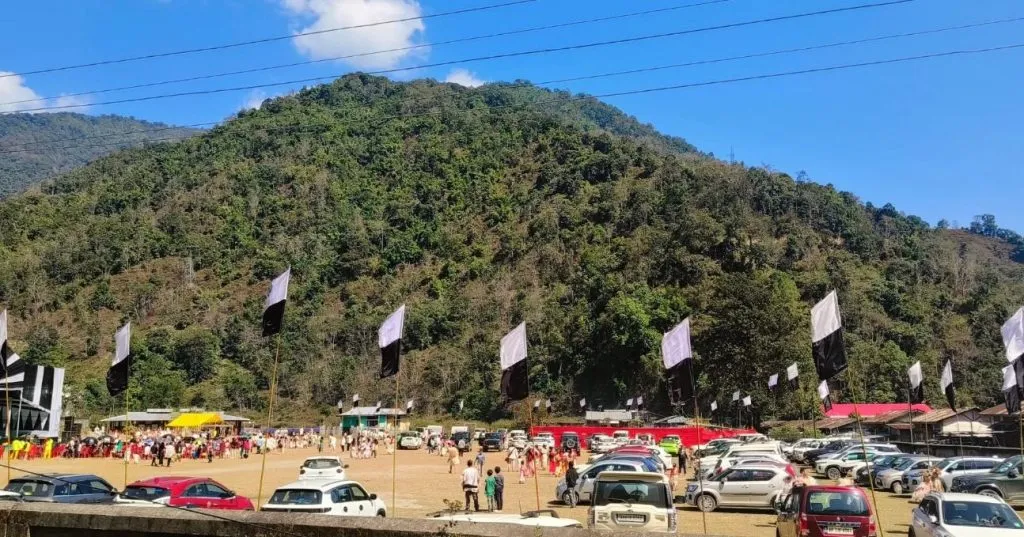
Arrival at Yazuli: A Scene of Warmth and Colour
Julie recalls arriving at Yazuli village, nestled among pine forests and terraced fields, on the morning of the main festival day. The road wound through misty valleys, with prayer flags fluttering from bamboo poles along the way.
“When we reached the festival ground, I could hear the distant beat of drums before I saw the crowd,” she remembers. “There was a sense of anticipation in the air, part sacred, part joyful.”
The ground itself was a wide open space bordered by bamboo fences. At the centre stood a tall ceremonial structure decorated with fresh leaves, feathers, and woven ornaments, the sacred site where the mithun sacrifice had taken place earlier in the morning.
The mithun, a semi-domesticated bovine revered across the hills, symbolizes wealth and community strength. The sacrifice, conducted with solemnity, is an offering to the spirits a gesture of gratitude and supplication for collective wellbeing.
By the time Julie arrived, the prayers were complete, and the atmosphere was shifting from quiet reverence to celebration.

The Festival Comes Alive
The first thing that caught her eye was the sea of white – men and women dressed in soft eri silk, known locally as Eri Chador or Gale. The fabric, handspun and naturally textured, glowed under the sunlight, bordered with delicate red and black lines.
“It was like the entire crowd had coordinated without planning the effect was so serene, yet so powerful,” Julie says.
Women adorned themselves with layers of colourful bead necklaces, silver ornaments, and bangles that chimed softly as they moved. Many pieces were heirlooms, passed down through generations, carrying family histories in their patterns and patina.
The men wore woven jackets, turbans, and traditional headgear made of bamboo and cane, often decorated with feathers or hornbill beaks — symbols of honour and courage.
Nearby, women stirred bamboo pots of rice beer over slow fires, while children ran about with curious eyes and painted faces. Laughter mingled with the rhythm of drums, the tham and tapung, as groups began forming circles to dance.
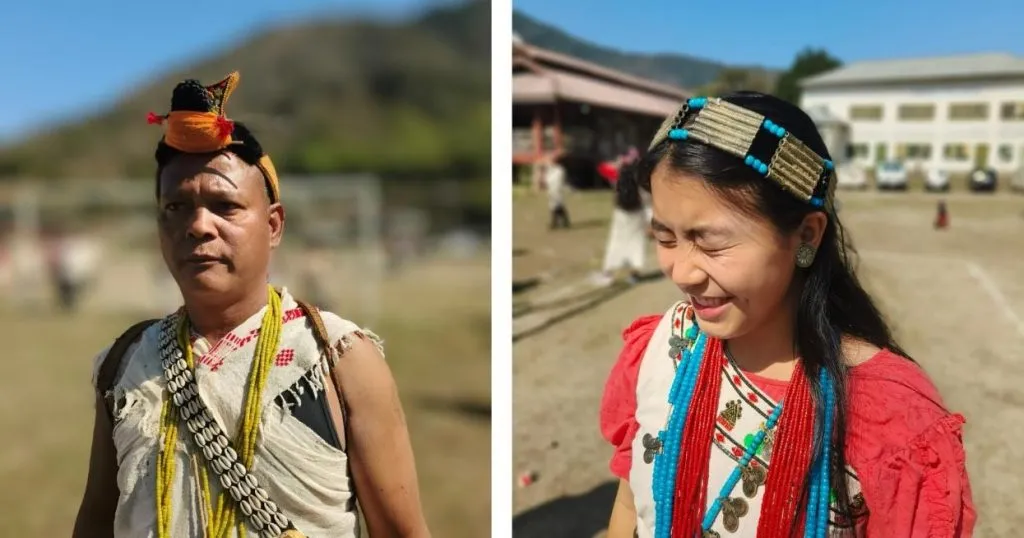
Dance, Music, and Togetherness
The Nyokum dance is a collective movement of unity with no leader, no audience. Everyone joins hands, forming large circles, stepping in rhythm to the steady beat of the drums.
Julie found herself drawn into one such circle. “A woman beside me smiled, took my hand, and simply pulled me in. I didn’t know the steps, but it didn’t matter. The rhythm carries you.”
The songs are chants of prosperity and peace, their syllables rising and falling in waves. The dancers’ feet stamp lightly on the earth a symbolic gesture of connecting with the soil that sustains them.
At that moment, Julie says, “I understood what togetherness means here – it’s not just being in the same space. It’s sharing energy, laughter, and respect.”
The Role of the Nyibu
At the heart of Nyokum lies the role of the nyibu, or shaman-priest. These respected spiritual leaders conduct the rituals, offering chants and sacrifices to appease spirits believed to influence human lives.
During the early morning hours, before the festivities begin, the nyibu performs the Nyokum Yullo, a long ritual that invokes peace, fertility, and good harvests. Offerings of rice beer, rice flour, and bamboo leaves are made, while chants echo through the village, connecting the living to the unseen world.
Although the rituals are sacred, they are not closed off from the community. The entire village gathers around, watching, learning, and taking part in their own ways. This openness is what makes Nyokum feel alive, not a performance, but a lived experience.
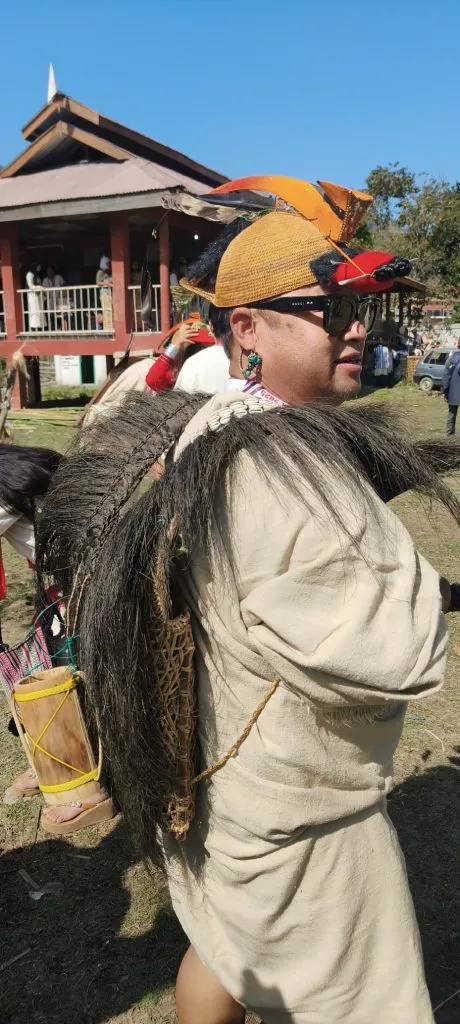
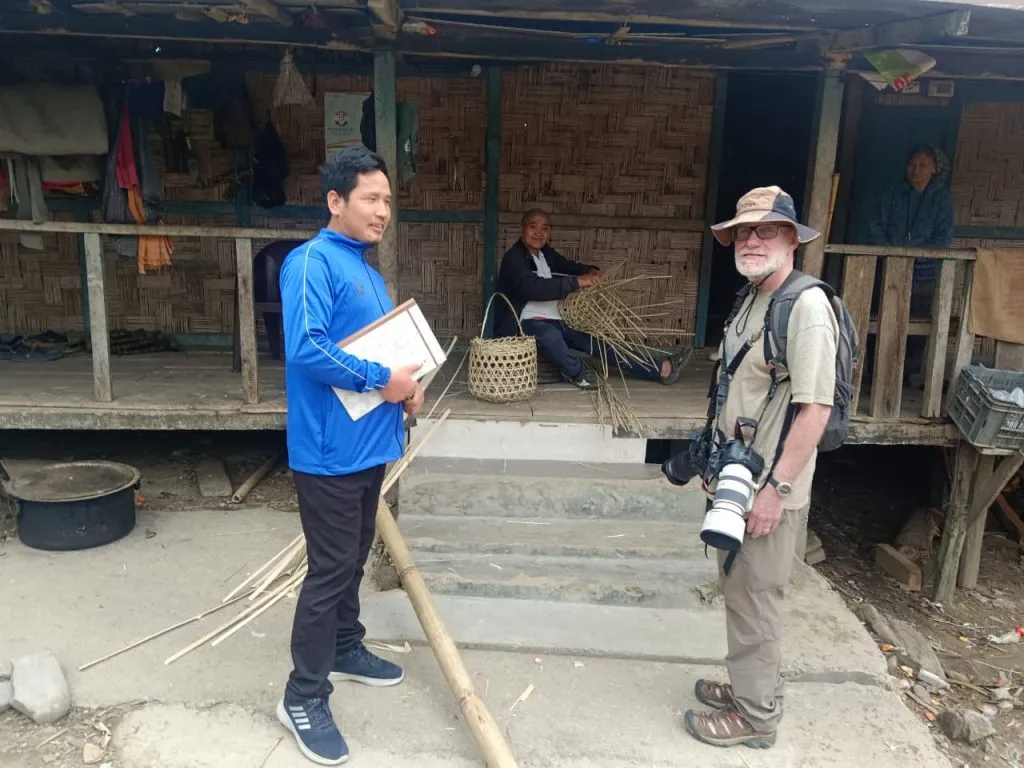
Food, Feasts, and Friendship
No festival in the Northeast is complete without a feast — and Nyokum is no exception. As the day progresses, families and friends sit together to share traditional dishes:
- Smoked pork and chicken, marinated with bamboo shoot and local herbs.
- Steamed rice cakes wrapped in banana leaves.
- Boiled tapioca, fermented fish chutney, and wild ferns cooked with sesame.
And of course, there’s the warm hospitality of rice beer – Apong, served in bamboo mugs, offered generously to guests.
“Even as a visitor, I never felt like an outsider,” Julie recalls. “People would come up to chat, offer food, tell me about their families. It was the kind of welcome that stays with you.”
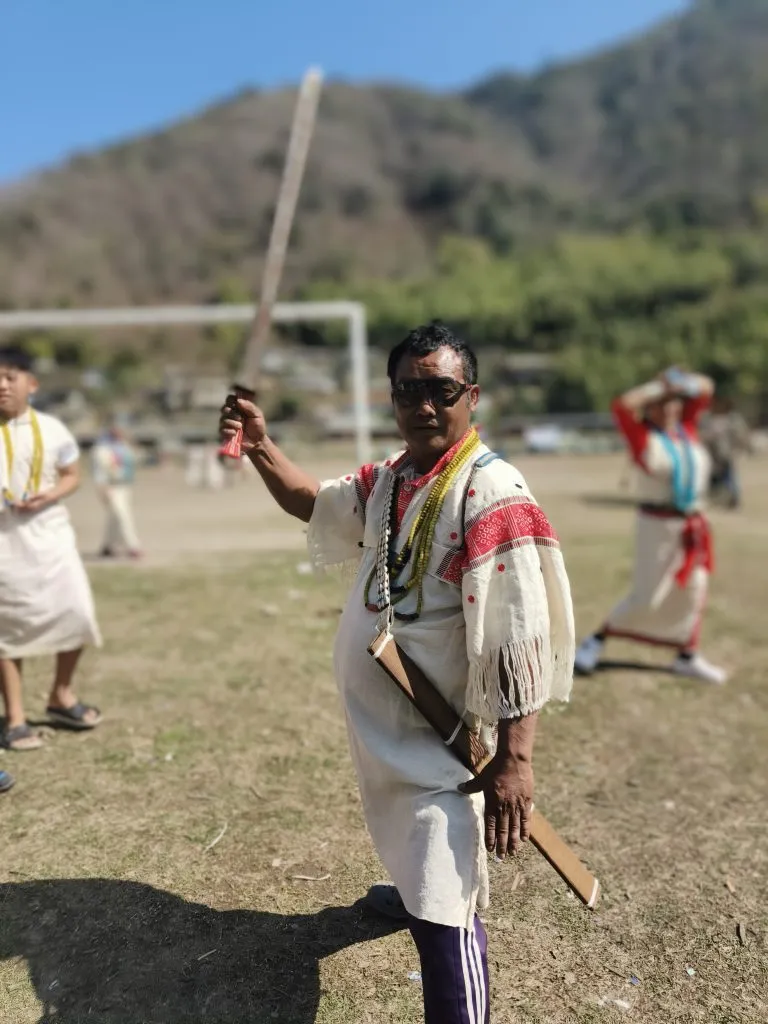
Beyond the Celebration
Nyokum is not only about joy; it’s also about renewal. It marks a time for reconciliation and reaffirmation of community bonds. Disputes are resolved, friendships rekindled, and younger generations learn the stories and songs that define their heritage.
Julie noticed how every aspect of the festival carries meaning — the weaving of bamboo structures, the preparation of the ground, the crafting of ornaments, even the way people greet one another. It’s all about gratitude — to the land, to ancestors, and to each other.
One elder she spoke to summed it beautifully:
“Nyokum reminds us that no one prospers alone. We must live in balance — with the earth, with our neighbours, and within ourselves.”
That idea, she says, is the essence of this festival — a lesson as relevant to the modern world as it was to their ancestors.
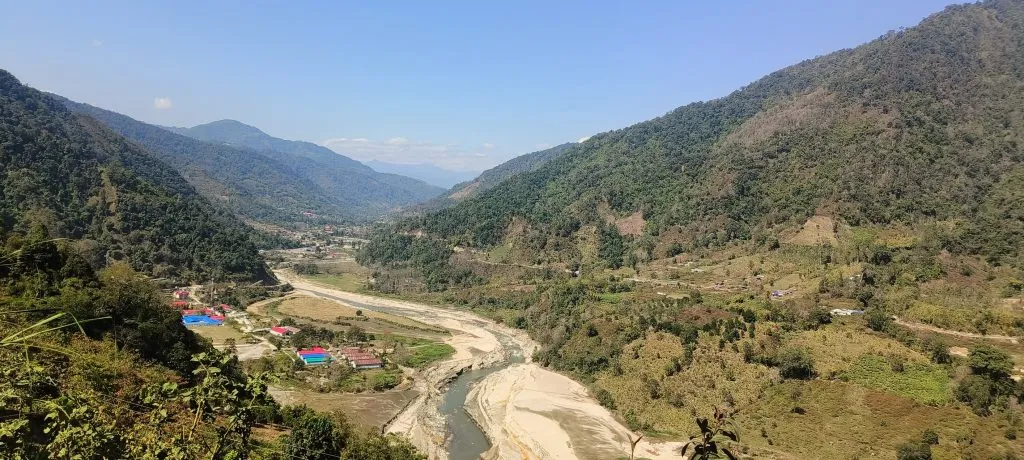
Experiencing Nyokum as a Traveller/
For travellers, attending the Nyokum Festival offers a rare window into authentic tribal life in Arunachal Pradesh. It’s not a show or a spectacle — it’s a lived tradition, rooted in respect for the earth and community.
If you plan to visit:
- When to Go: The main celebrations fall between 23–26 February, though rituals may begin earlier in some villages.
- Where: The most vibrant celebrations take place in Yazuli, Itanagar, and Naharlagun.
- Getting There: The nearest airport is Donyi Polo Airport, Itanagar. From there, Yazuli is about a 2–3 hour scenic drive.
- Stay: Local homestays and eco-lodges offer a comfortable stay with authentic meals and warm hospitality.
- What to Expect: Music, dance, communal meals, and heartfelt connection. Visitors are welcome, but it’s important to be respectful — dress modestly, ask before taking photographs, and participate with an open heart.
For those interested in culture, photography, or slow travel, Nyokum offers something rare: an opportunity to witness tradition lived with sincerity, untouched by commercialism.
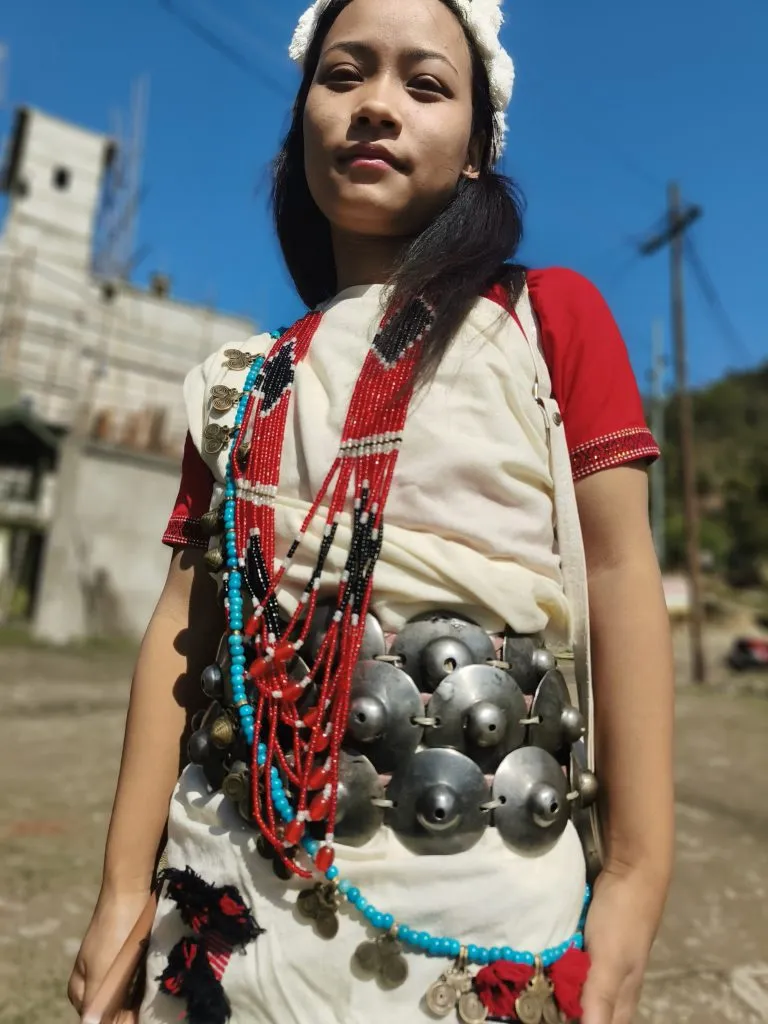
Why Nyokum Matters
In a time when modern life often pulls us away from nature and each other, festivals like Nyokum remind us of our shared roots. They show how community, gratitude, and care for the land can coexist beautifully.
For Julie, the experience was transformative.
“It wasn’t just about watching a festival,” she reflects. “It was about being part of something timeless where people still live by values of respect, harmony, and generosity. I left Yazuli with the feeling that I’d been given a gift.”
And that, perhaps, is the essence of Nyokum — not just a celebration of prosperity, but of belonging.

